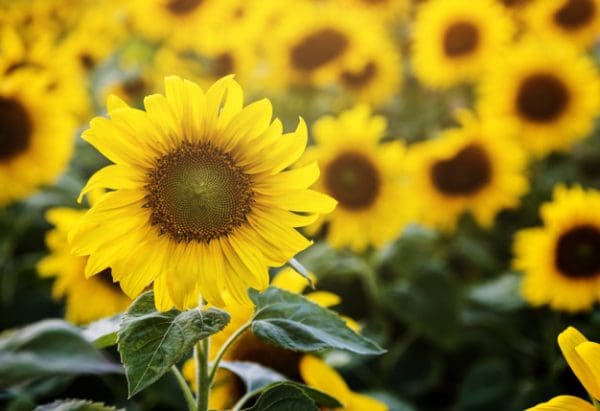Growing your own fresh produce is a fantastic way to put healthy and delicious food on your table straight from the garden. For families, it’s also a fun opportunity to teach children about where their food comes from!
- Raised Planters
Not everyone has a home on a plot of land large enough to accommodate a reasonably sized garden. In addition, many homeowners also live in areas where the native soil isn’t conducive to facilitating healthy root growth, either due to consistency (hard clay, rocky areas) or pH levels/lack of nutrients.
The easiest solution? Raised planters!
These space saving gardens are a fantastic (if not superior) alternative to planting directly into your native soil. Fill your planters with 8-12 inches of nutrient rich, loosely packed soil and compost in order to form the perfect foundation prior to planting. This allows seedlings or young plants to establish their root systems with much less difficulty due to the proper soil conditions.
Because the beds are raised and the soil is ideal for growing vegetables, these planters allow for optimal air flow and water drainage, which helps to prevent root rot and the potential for harboring any harmful disease.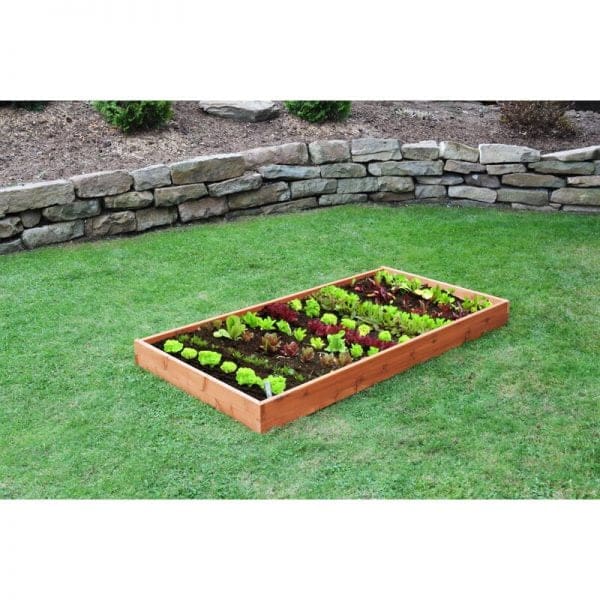
- Soak Up the Sunlight
Unlike annuals and many perennials who can be very particular about their required amount of sunlight, nearly all commonly grown vegetables thrive when planted in full-sun.
Before choosing a spot for your garden, observe the amount of sunlight directed at your intended location. If it receives less than eight hours of sunlight per day consider moving it to a different location. Vegetable plants that receive inadequate quantities of sun will still grow thick lush foliage, however they’ll yield a much lower quantity of produce.
But what if your entire property only allows for partial shade? Not to worry! There’s quite a few varieties of produce that are tolerant of partial shade, so consider sticking to those options instead. Some examples of produce plants that do well in those conditions include leafy greens (lettuce, spinach, Swiss chard) and root vegetables (carrots, beets, radishes).
- Add Mulch
Just like you would add mulch to your flower bed in order to control the ground temperature, regulate moisture, maintain good airflow and supply nutrients as it decomposes, the same is true for vegetable gardens as well.
Unlike flower beds, you’re going to want to select a mulch that rapidly and easily decomposes without being too heavy on the roots of the plants. Some great options include wood shavings, dried leaves, grass clippings and natural compost.
If your soil needs to be more acidic, adding pine needles to your garden is a cheap and efficient way in which to amend the soil.
- Water Slowly and Efficiently
It may sound counter-intuitive, but lengthy daily soakings with a sprinkler aren’t needed to produce a healthy vegetable garden. In fact, most gardens here in the Northeast only require about an inch of water once a week. The best way to ensure your plants receive this adequate quantity of water is through slow watering with soaker hoses.
During heavy rainfall or even with your standard sprinkler system, the majority of water introduced to your soil will wind up flowing away with the grade of your land since soil can only absorb so much water at one time. When using a sprinkler, this results in the unnecessary waste of clean water and an unneeded increase in your water bill.
Soaker hoses, however slowly release bead sized droplets of water. When positioned beneath the mulch near the base of your plants this watering method ensures direct delivery to the root system and maximum soil absorption with little to no waste.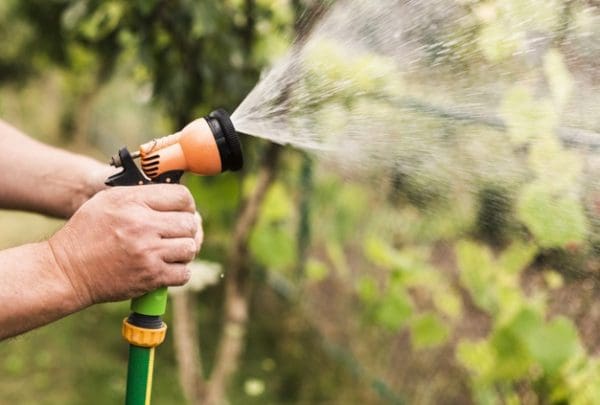
- Fertilize Sparingly
Many first-time gardeners tend to be a bit overzealous when it comes to fertilizer. After all, the more you feed your plants the better, right?
Well, in certain ways that is true. However, over fertilizing your plant will lead to large lush plants filled with greenery but lower quantities of produce. Too much fertilizer can also cause damage to a plant’s roots, leaving them vulnerable to disease.
Try to stick to a schedule of adding fertilizer every 3-4 weeks for well draining garden beds. If you notice signs of over fertilizing such as spindly stems, leaf growth with no produce or yellow of leaves and stems, allow a month for the plant to recover prior to another application.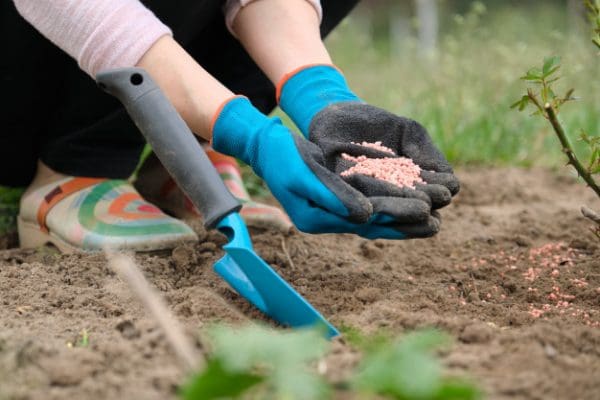
- Test Your Soil’s pH
For those who want to know exactly what their soil is made of, you can’t beat a soil pH test. Many local hardware stores offer soil testing services, however if you live in an area where they aren’t you can find them for about $25 online and receive results in about 2 weeks.
Once you have your results in hand you’ll have an accurate assessment about the chemical composition of your soil, which will allow you to amend it properly for the specific preferences of particular produce types.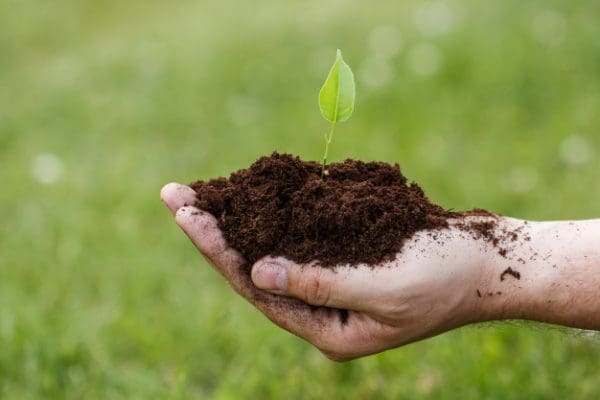
- Stagger Your Plants
In order to maximize the space in your planter, place your seeds/plants in a triangular pattern rather that traditional rows.
By staggering plants, you can fit up to 20% more in any garden. Don’t be overzealous though, plants still require 6-12 inches of space between them in order to prevent suffocating one another. The more space you give a plant to thrive the more produce it will yield in the end.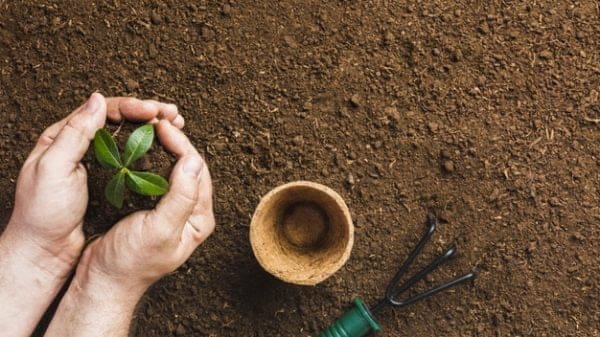
- Fence It In
There’s nothing more irritating than cultivating a lush healthy garden only to wake up one morning to see all your delicious produce half eaten or knocked to the ground by pesky neighborhood wildlife.
For suburban areas, surround your garden with a 2-foot high fence, which is typically more than enough to discourage from rabbits and other small wildlife from entering the garden. In rural areas where deer may roam more commonly you’ll need at least a 7-foot fence to protect your garden.
- Surround Your Garden With Flowers
Bees, butterflies and all of Mother Nature’s other little tiny pollinators are essential to making sure your garden thrives, so why not bring them straight to the source!
Plant bright annuals like Sunflowers, Zinnias and Cosmos between each section for a great way to encourage crop-pollination.